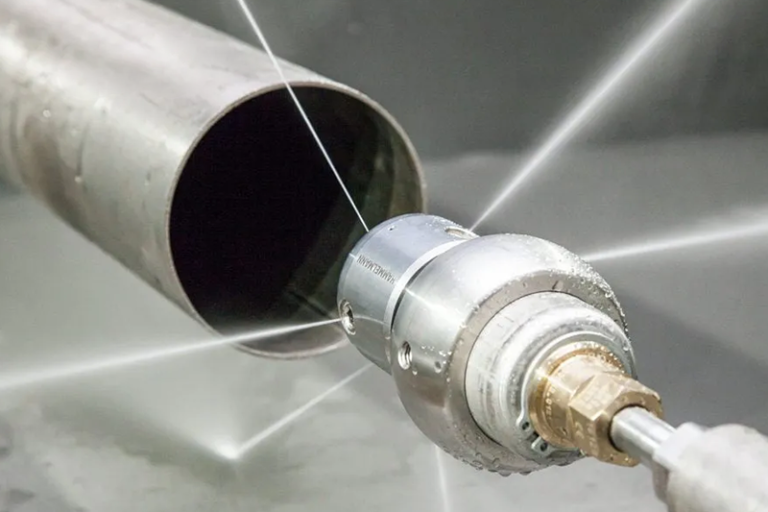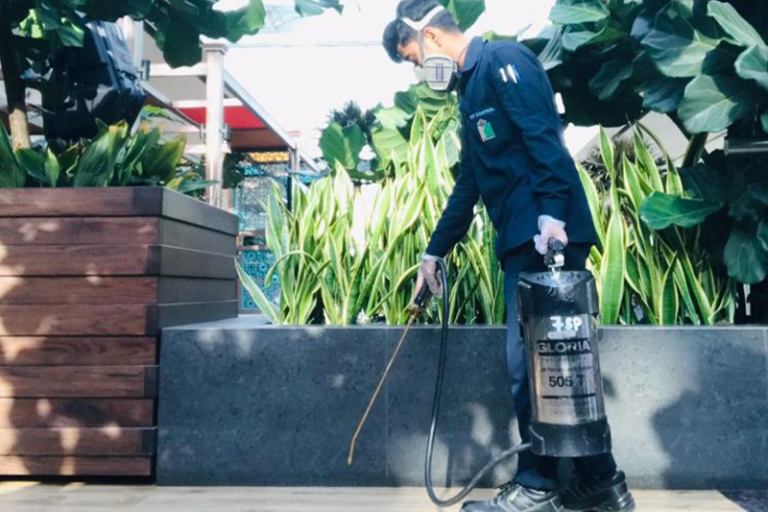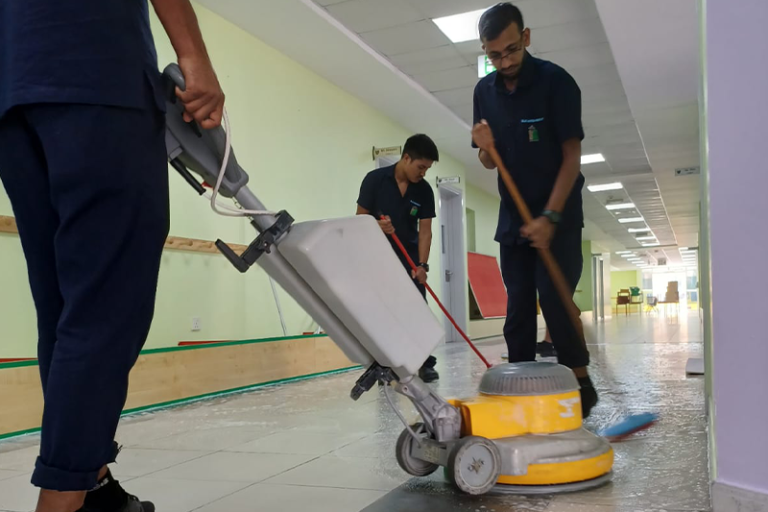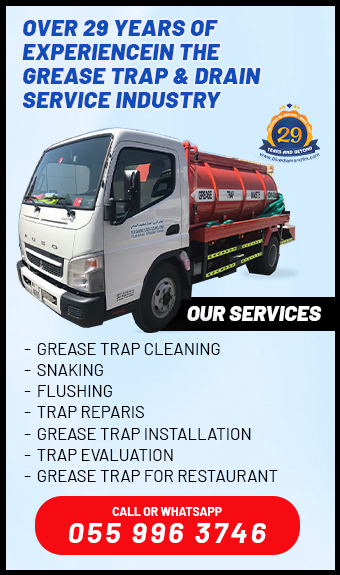Grease Trap Cleaning Guide: 7 Red Flags You Shouldn’t Ignore
In a bustling commercial kitchen, few things are as quietly essential—and dangerously overlooked—as grease trap maintenance. This Grease Trap Cleaning Guide is written specifically for restaurant owners, kitchen supervisors, and facility managers who want to stay compliant, avoid costly disasters, and keep operations running smoothly in the UAE.
Ignoring the warning signs of a neglected grease trap can lead to backups, pest infestations, offensive odors, and even legal trouble. In this guide, we’ll walk you through the seven red flags that signal it’s time for professional cleaning—and what to do next.
First Red Flag: Persistent Foul Odors
Unpleasant, lingering smells in your kitchen or near the drain areas are often caused by accumulated fats, oils, and grease (FOG). When a grease trap is overdue for cleaning, decomposing food waste and trapped FOG emit powerful odors that are not just off-putting—they’re also a major hygiene risk. These smells can seep into dining areas, damaging customer experience and inviting scrutiny from health inspectors.
Second Red Flag: Slow Drainage in Sinks and Floors
Is water taking longer than usual to drain in your sinks or floor traps? This is one of the clearest grease trap warning signs. FOG buildup clogs the flow of wastewater, creating delays in cleanup and food preparation areas. Left unchecked, these slow drains can escalate into backups or flooding, especially during peak hours.


Third Red Flag: Grease Overflow or Visible Residue
Overflowing grease traps can create hazardous conditions. If you notice grease or solid waste seeping out from trap lids or nearby drains, it’s a sign the unit is full or malfunctioning. Aside from being a sanitation nightmare, this red flag increases slip risks, attracts bacteria, and can quickly result in costly plumbing emergencies.
Forth Red Flag: Increased Pest Activity
One of the most unwanted side effects of neglected grease traps is a spike in pests—flies, cockroaches, and even rodents. The odor and food particles trapped in dirty grease interceptors create the perfect breeding ground. Failing to address this can lead to serious violations of health codes and even temporary restaurant closures.
Fifth Red Flag: Frequent Plumbing Backups
Backups are expensive and disruptive. When FOG clogs aren’t cleared on schedule, pressure builds in your pipes, leading to overflows and pipe damage. If you’ve already experienced more than one plumbing incident in a short time, your system is likely overdue for professional service.
Sixth Red Flag: Water Pooling Around Trap Area
Puddles forming around the grease trap area could indicate leaks or clogs causing overflow. Beyond being a maintenance red flag, pooled water also poses a slip hazard and can become a hotspot for bacteria. Restaurant kitchen safety and cleanliness are at risk when standing water goes unaddressed.
Seventh Red Flag: Missed or Irregular Service Schedule
If you can’t remember the last time your grease trap was cleaned—or your maintenance log is blank—you’re already at risk. According to grease trap maintenance UAE standards and Dubai Municipality guidelines, restaurants must maintain a regular service schedule and keep documentation for inspections. Irregular cleanings are a major compliance and operational risk.

What to Do if You Notice These Red Flags
If any of these red flags sound familiar, don’t wait for a health inspector or emergency plumber to make the call for you. Take these steps:
-
Schedule an immediate assessment with a certified grease trap cleaning provider
-
Review your grease trap service log and set a recurring maintenance plan
-
Educate your kitchen team about the importance of FOG prevention
Choosing a professional provider ensures that your commercial kitchen grease trap is cleaned thoroughly, in compliance with local regulations.
Conclusion:
This Grease Trap Cleaning Guide is more than a checklist—it’s a critical tool for keeping your restaurant safe, efficient, and compliant. Regular cleaning prevents disasters before they start and protects your staff, customers, and business reputation.
Ready to protect your kitchen? Book a licensed grease trap cleaning service with Blue Diamond team today and stay ahead of costly surprises.
Most Frequently Asked Question
Slow drains, foul odors, grease overflows, and frequent backups are all clear indicators that your grease trap needs cleaning
In the UAE, grease traps typically require cleaning every 1 to 4 weeks depending on kitchen volume and food type
Neglecting cleaning can result in plumbing issues, pest infestations, foul smells, health code violations, and costly downtime
Basic inspections may be handled in-house, but proper cleaning and waste disposal must be done by certified professionals
Yes. Dubai Municipality requires proper maintenance logs and the use of licensed grease trap cleaning services
FOG stands for Fats, Oils, and Grease. It builds up in pipes and grease traps, causing clogs, odors, and sanitation risks in kitchens
Our Services
Our step-by-step guide simplifies the cleaning process, ensuring a hassle-free experience while keeping your traps clean.

Drain Line Jetting

Pest Control Service

Deep Cleaning
business
Our Working Process
Let’s start the journey towards success and enhance revenue for your business. Take your company to the next level.
Book An Appointment Today
Blue Diamond would like to hear from you. if you have business inquiries. Get in touch with us.





